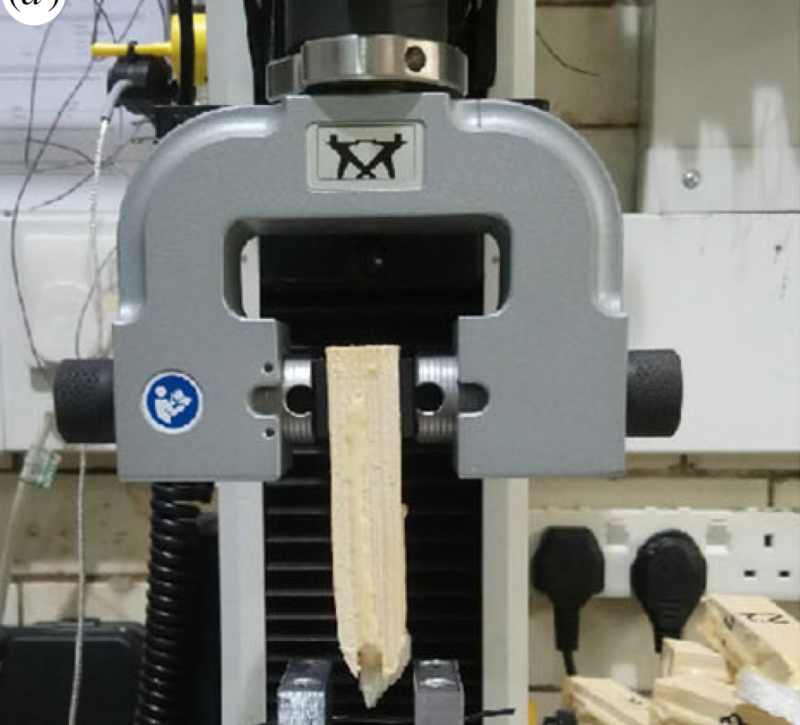Archaeologists put stone tools through modern engineering tests

Enlarge / It turns out the robot uprising will be equipped with (checks notes) sharp chert flakes.
A team of archaeologists recently applied high-tech engineering tests to stone tools, and the results suggest that even very early members of our genus, like Homo habilis, knew how to select rocks with the right combination of sharpness and durability for the work at hand.
Species on the hominin family tree have made and used stone tools for about 2.6 million years that we know of; you could call it a family tradition. At Olduvai Gorge in northern Tanzania, sediment layers dating back to about 1.8 million years ago contain simple stone tools-the handiwork of a small hominin called Homo habilis. That species was an early member of our genus who walked upright and had a mixture of human and ape-like features. Starting around 1.2 million years ago, a later hominin species called Homo erectus made more complex stone tools, like hand-axes.
Think about a stone flake from the oldest layers at Olduvai. That simple tool exists because 1.8 million years ago, a Homo habilis picked out a rock, worked the stone into the right shape, and then used it to do something. Archaeologists can learn a lot about what ancient hominins knew and how they lived by studying the wear and knapping marks on such tools. But the rock itself has a story to tell. Why did a hominin 1.5 million years ago pick this kind of rock, and why this particular chunk of it?
Read 8 remaining paragraphs | Comments